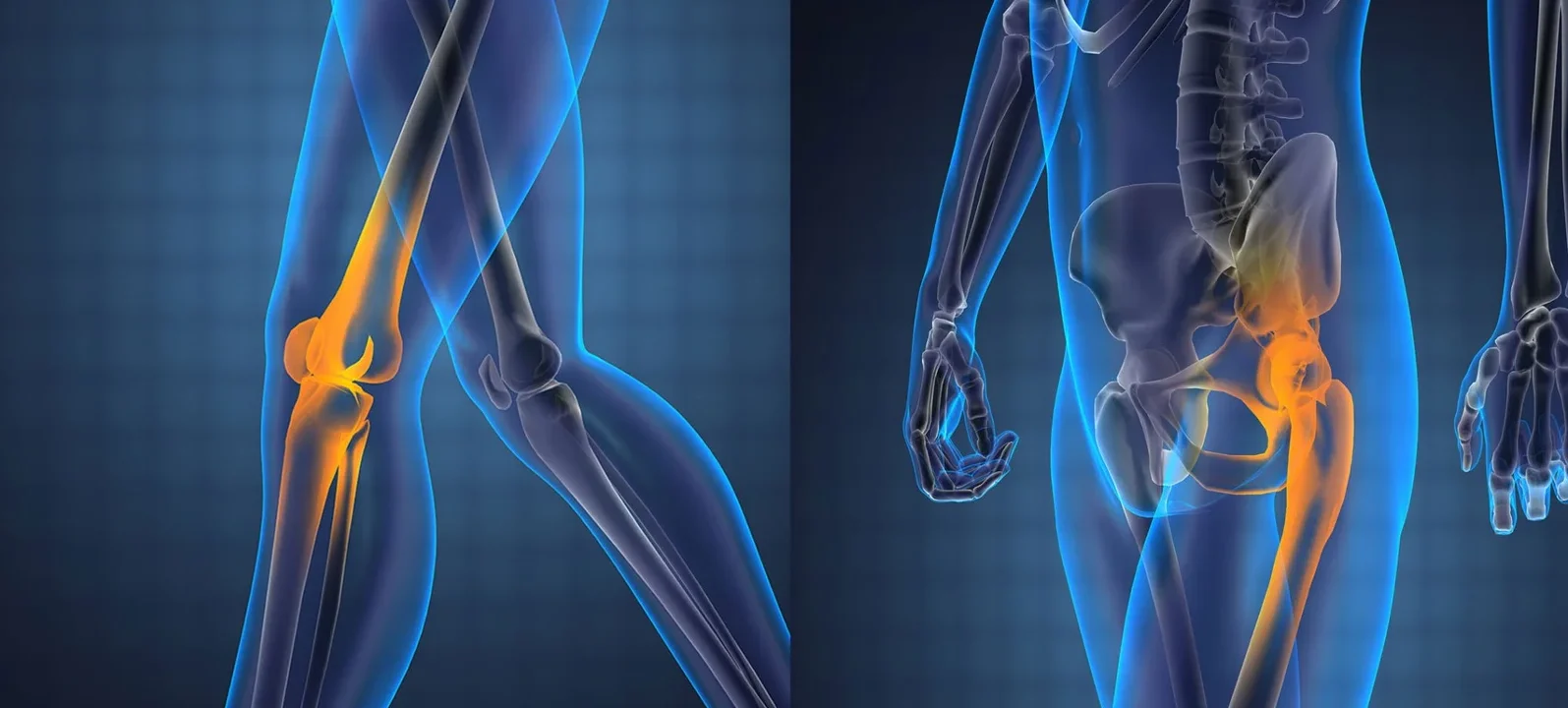
Not all joint pain leads to surgery.
Some discomfort is temporary or treatable with therapy.
Doctors look for patterns over time.
They ask about sleep, movement, and daily function.
Pain that comes and goes usually isn’t enough.
Surgery becomes an option when pain becomes the rule.
Stiffness that limits your morning routine is a sign.
So is difficulty walking short distances.
But isolated pain doesn’t always mean damage.
Some joints swell without long-term injury.
Imaging tests give more information than pain alone.
X-rays and MRIs often tell a deeper story.
You might not remember when the pain started.
It creeps in slowly, replacing movements without notice.
One day, putting on socks becomes harder.
Another, stairs feel impossible.
That’s how slow damage works.
It doesn’t knock — it settles in.
Surgery Becomes an Option When Pain Becomes the Rule
Joint replacement isn’t meant for the first flare-up.
It’s a step after multiple attempts fail.
Doctors try medications, braces, injections, and therapy first.
These options work for many patients.
But when they stop helping, something more permanent is considered.
That’s when surgery enters the conversation.
You don’t have to be elderly for joint replacement.
You just need persistent loss of function.
Age matters less than your quality of life.
When basic movement becomes impossible, surgery can restore it.
But the timing is personal.
And no one can choose it for you.
Sometimes people delay the choice too long.
They adapt, compromise, and adjust their lives slowly.
They walk less. Drive shorter distances.
Plan outings around sitting time.
Pain management becomes part of identity.
And that’s when quality begins to slip.
That’s When Surgery Enters the Conversation
Your doctor will ask detailed questions.
What hurts? When? How long?
They listen for more than pain intensity.
They want to understand the disruption.
Does it keep you from driving?
Or stop you from sleeping through the night?
If pain wakes you up repeatedly, it matters.
If walking across a room feels impossible, that’s significant.
These aren’t just numbers on a chart.
They are signs that the joint has changed.
And that it may not return to baseline.
Especially if other treatments stopped working.
You might be offered cortisone injections first.
They help, but only for a while.
Eventually, they stop making a difference.
And that’s another signal.
Short-term relief without progress means reconsidering options.
Including surgery, even if it feels early.
These Aren’t Just Numbers on a Chart
Joint replacement is major surgery.
It requires preparation, patience, and support.
You’ll need physical therapy afterward.
Recovery doesn’t happen overnight.
It’s a slow rebuild.
But for many people, the outcome is worth it.
Most joint replacements last over a decade.
Newer materials extend that timeline.
Knees, hips, and shoulders are most common.
But other joints are possible.
Not all replacements feel natural.
But most feel better than the damaged joint they replaced.
Your body may feel different after.
Some movements might need relearning.
You might notice clicks, stiffness, or numb patches.
That doesn’t always mean failure.
Healing takes time, and expectations shift.
The goal is function, not perfection.
Not All Replacements Feel Natural
Risks exist, like with any surgery.
Infection, blood clots, or stiffness afterward.
Your doctor discusses those clearly.
They help you understand what to watch for.
Not every complication is severe.
But all require attention.
Your weight, medications, and history affect the outcome.
Pre-op preparation reduces many risks.
Strengthening muscles before surgery helps too.
So does quitting smoking, if you do.
Your role begins before the operation.
And continues long after discharge.
You may also need to adjust your home.
Remove trip hazards. Add grab bars or raised seats.
Prepare meals in advance.
Plan to limit stairs for a while.
These changes help recovery move faster.
And reduce preventable issues.
Your Role Begins Before the Operation
Joint pain isn’t just physical.
It affects your mood, energy, and focus.
Chronic pain rewires how you move.
You may avoid stairs without realizing it.
You may sit more than before.
That change takes a toll.
Replacement isn’t about vanity or ease.
It’s about restoring access to your own life.
When every step feels like a negotiation,
and small tasks feel like major barriers,
then surgery becomes something else—
not drastic, but necessary.
The decision isn’t about being strong.
It’s about being honest.
Honest with what’s changed.
With what’s no longer sustainable.
Surgery doesn’t fix everything.
But it opens a door that pain has closed.
It’s About Restoring Access to Your Own Life
You don’t need to wait until you can’t move.
If pain steals joy from your days,
or you say no to everything you once loved,
it may be time to ask again.
Doctors can’t feel your joints.
But they can listen when you say: enough.
No one celebrates needing joint surgery.
But many celebrate what comes after.
A walk with less pain.
A night’s sleep without waking up.
Even getting dressed without effort.
Those moments return slowly — but they return.
